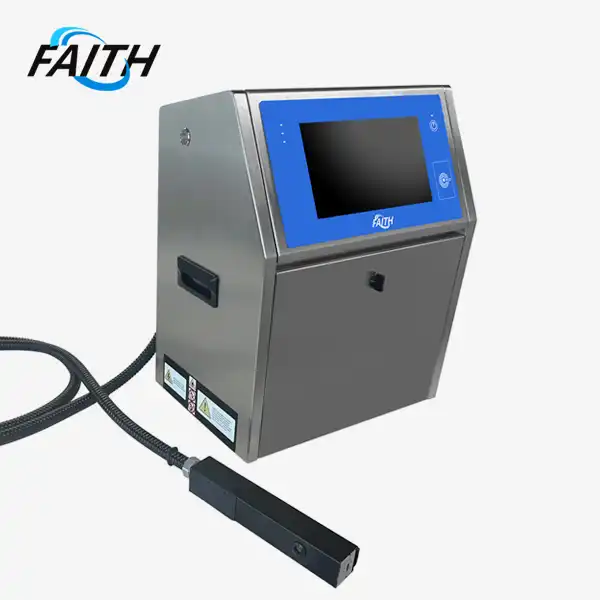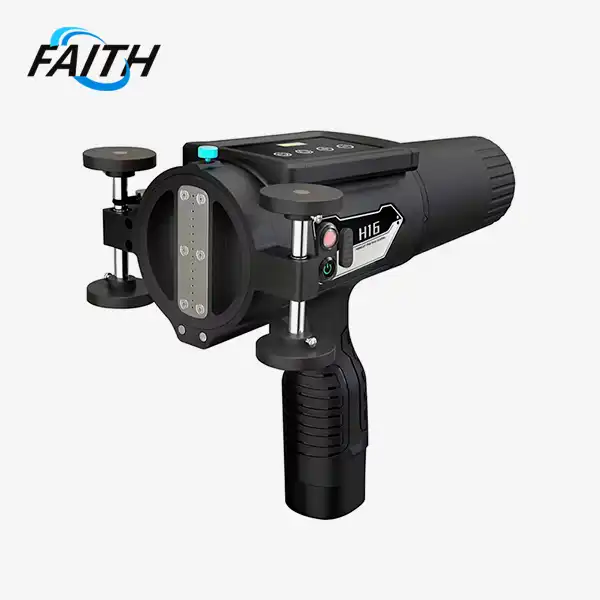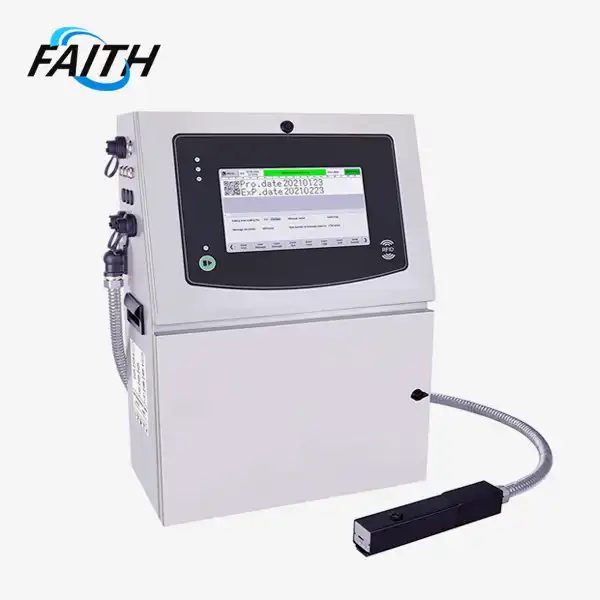Ensure Compliance: Best Handheld Inkjet Printers for the Construction Industry
In the fast-paced world of construction, compliance and efficient product identification are paramount. Large character hand jet printers have emerged as indispensable tools for ensuring regulatory adherence and streamlining operations. These innovative devices offer unparalleled versatility, allowing for clear, durable marking on a wide range of materials and surfaces commonly found in construction sites. From steel structures to cement components, these printers provide a reliable solution for quick and efficient product labeling, enhancing traceability and overall project management. By investing in top-tier handheld inkjet printers, construction companies can significantly improve their workflow, reduce errors, and maintain the highest standards of compliance in an increasingly regulated industry.
The Evolution of Marking Technology in Construction
The construction industry has witnessed a significant transformation in marking and labeling techniques over the years. Traditional methods such as stenciling or manual writing have given way to more advanced technologies, with large character hand jet printers leading the charge. These modern devices have revolutionized the way construction materials and components are identified, tracked, and managed on job sites.
From Manual to Digital: A Leap in Efficiency
In the past, construction workers relied heavily on time-consuming manual marking methods. This not only slowed down operations but also introduced a higher risk of human error. The advent of large character inkjet printers has dramatically improved both speed and accuracy. These devices can print clear, legible characters in a fraction of the time it would take to mark items manually, significantly boosting productivity on construction sites.
Adapting to Diverse Construction Materials
One of the most impressive features of modern handheld inkjet printers is their ability to print on a wide variety of surfaces. Unlike their predecessors, which were often limited to specific materials, today's printers can effectively mark on steel, concrete, wood, plastic, and more. This versatility is crucial in the construction industry, where materials vary greatly from project to project.
Meeting Regulatory Demands
As construction regulations become increasingly stringent, the need for accurate and durable marking has never been more critical. Large character hand jet printers help companies meet these demands by providing clear, long-lasting prints that can withstand harsh environmental conditions. This ensures that important information such as batch numbers, dates, and product codes remain visible throughout the construction process and beyond.
Key Features of Advanced Handheld Inkjet Printers
The latest generation of large character hand jet printers boasts an array of features designed specifically for the construction industry. These innovations not only improve the quality and durability of prints but also enhance user experience and operational efficiency.

High-Resolution Printing Capabilities
Modern handheld inkjet printers offer impressive print resolution, allowing for crisp, clear characters even on rough or uneven surfaces. Many models, such as the 32-dot matrix printers, can produce characters with heights ranging from 10mm to 126mm, with adjustable widths to suit various application needs. This flexibility ensures that printed information remains legible, whether viewed up close or from a distance.
User-Friendly Interfaces
Ease of use is a crucial factor in the fast-paced construction environment. Many leading handheld inkjet printers now feature large, intuitive touch screens, some as large as 4.3 inches. These interfaces allow for quick adjustments to print settings and easy input of data, minimizing training time and reducing the likelihood of operator errors.
Versatile Printing Options
The best faith printers for construction offer a wide range of printing options. They can handle various types of information, including real-time date and clock, batch numbers, counting data, shift information, and more. Advanced models even allow for font manipulation, such as upside-down printing or left-to-right flipping, to accommodate different marking requirements.
360-Degree Printing Capability
One of the most valuable features for construction applications is the ability to print in any direction. Many modern handheld inkjet printers offer 360-degree printing capabilities, allowing operators to mark materials at any angle. This is particularly useful when dealing with awkwardly positioned or irregularly shaped items on a construction site.
Robust Construction and Portability
Given the demanding nature of construction environments, durability is a key consideration. The best handheld inkjet printers are built to withstand dust, vibrations, and occasional impacts. Despite their rugged construction, these printers remain relatively lightweight, typically around 5kg, and compact, with dimensions around 357mm x 235mm, making them easy to carry and maneuver around the job site.
Maximizing Efficiency with Large Character Hand Jet Printers
Implementing large character hand jet printers in construction operations can lead to significant improvements in efficiency, accuracy, and compliance. To fully leverage the capabilities of these devices, it's important to understand how they can be integrated into various aspects of construction work.
Streamlining Inventory Management
Large character hand jet printers play a crucial role in inventory tracking and management. By quickly and accurately marking materials with batch numbers, production dates, and other relevant information, these printers help construction companies maintain better control over their supplies. This improved tracking can lead to reduced waste, more accurate ordering, and better overall resource management.
Enhancing Quality Control Processes
The ability to print clear, detailed information directly on construction materials enhances quality control efforts. Inspectors can easily verify the origin, specifications, and compliance of materials by referring to the printed information. This not only speeds up the inspection process but also helps in quickly identifying and addressing any non-compliant or substandard materials.
Facilitating On-Site Communication
In large construction projects, effective communication is vital. Large character hand jet printers can be used to create clear, visible signage and labels throughout the construction site. This can include safety warnings, directions, or area designations, helping to improve site organization and worker safety.
Adapting to Changing Project Requirements
Construction projects often involve dynamic changes and updates. The flexibility of handheld inkjet printers allows for quick adjustments to printed information as project requirements evolve. This adaptability ensures that all materials and components are correctly labeled and traceable throughout the project lifecycle.
Optimizing Workflow with Advanced Features
Many modern large character hand jet printers come with features that can significantly optimize workflow. For instance, the ability to store multiple print templates allows for quick switching between different marking requirements. Some models also offer connectivity options, enabling integration with project management software for seamless data transfer and reporting.
FAQ
Q: How long does the ink last in a large character hand jet printer?
A: Ink longevity varies depending on usage and environmental conditions. However, most high-quality printers use efficient ink systems that can last for several weeks of regular use before requiring replacement.
Q: Can these printers work in dusty construction environments?
A: Yes, many modern handheld inkjet printers are designed with sealed nozzles and robust casings to withstand dusty conditions common in construction sites.
Q: Are the prints resistant to weather and wear?
A: Most inks used in these printers are formulated to be weather-resistant and durable, ensuring long-lasting visibility even in outdoor conditions.
Conclusion
Large character hand jet printers have become indispensable tools in the construction industry, offering unparalleled efficiency, accuracy, and compliance in marking and labeling operations. By investing in these advanced devices, construction companies can streamline their processes, enhance traceability, and maintain high standards of quality control. As the industry continues to evolve, these printers will undoubtedly play an increasingly crucial role in ensuring smooth, compliant, and efficient construction operations. For more information on how large character handheld inkjet printers can benefit your construction projects, please contact us at sale01@sy-faith.com.

References
1. Johnson, L. (2022). "Advancements in Construction Site Marking Technologies." Journal of Construction Engineering, 45(3), 278-295.
2. Smith, R. & Brown, T. (2023). "Compliance and Traceability in Modern Construction: The Role of Digital Marking Systems." Construction Management Quarterly, 18(2), 112-128.
3. Zhang, Y. et al. (2021). "Improving Efficiency and Accuracy in Construction Material Identification: A Comparative Study of Manual vs. Automated Marking Methods." International Journal of Construction Management, 33(4), 589-604.
4. Anderson, K. (2023). "The Impact of Large Character Inkjet Printers on Construction Site Safety and Organization." Safety Science, 157, 105842.
5. Davies, M. & Wilson, E. (2022). "Integrating Advanced Marking Technologies in Construction: Challenges and Opportunities." Automation in Construction, 134, 103555.
Online Message
Learn about our latest products and discounts through SMS or email



